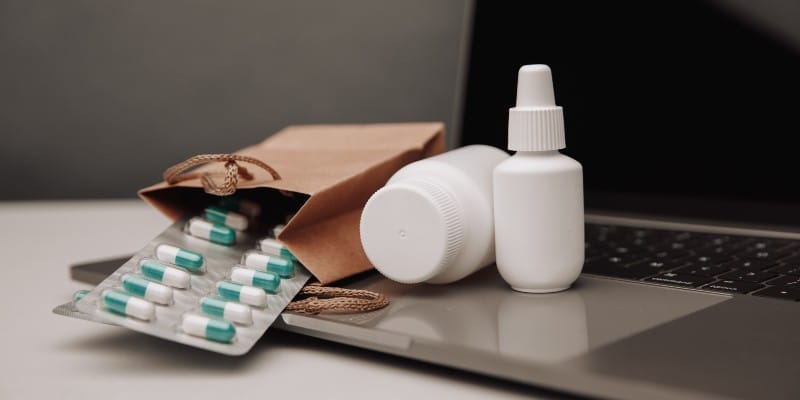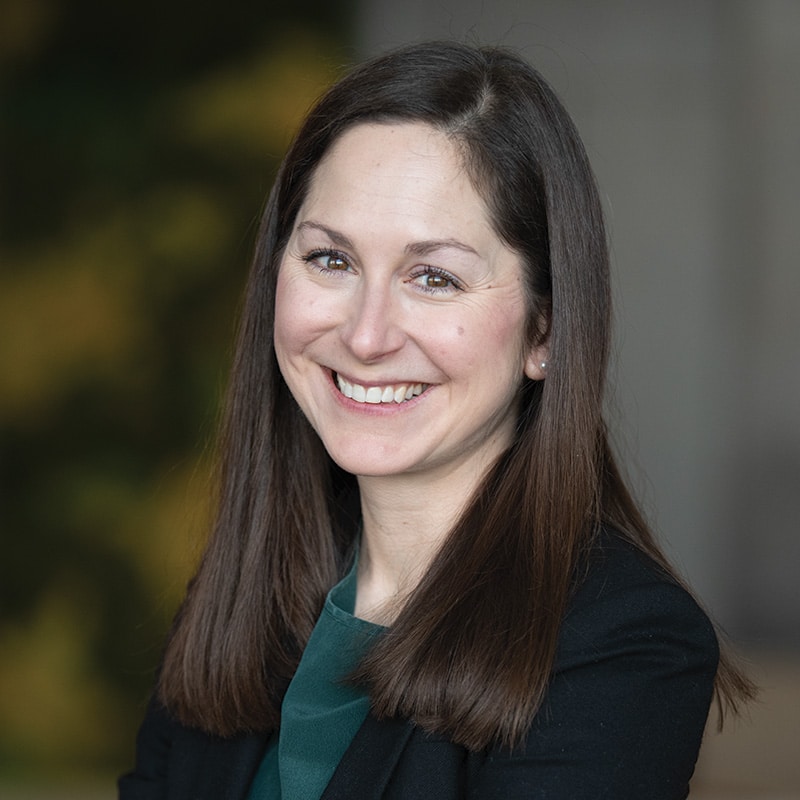Our “Innovators Worth Watching” series spotlights interesting and potentially disruptive players across a spectrum of industries.
Can you solve all of your health problems without leaving your home? Ro, formerly Roman, wants you to believe the answer is “yes.” In 2017, Ro started as an online digital health solution to treat erectile dysfunction. Since its founding, Ro has expanded its offerings and grown into a digital health platform company, addressing everything from mental health, to allergies, to dermatology, to fertility (through their acquisition of Modern Fertility last year), to COVID testing, to smoking cessation and weight loss. Ro delivers services through online visits and their own pharmacy business.
Their portfolio of service lines, which they call a “vertically integrated primary care platform,” comprises predominantly online care delivery solutions. These include: Rory (care for women), Roman (care for men), Workpath (in-home blood draws, vaccinations, and nursing services), Kit (at-home testing), Zero (smoking cessation), ropharmacy (online pharmacy), Plenity (weight management), and Modern Fertility (fertility solutions). Rory and Roman now also address dermatology needs along with sexual health, allergies, mental health, and COVID testing.
Founded by patients frustrated with the existing health care system, Ro claims to be a “healthcare technology company building a patient-centric healthcare system.” Through organic growth and acquisitions powered by $1B in funding, Ro now boasts a valuation of $7B. But valuation questions aside, does the business model pose a disruptive threat to incumbents?
We put Ro to our six-question test to find out.
1. Does it target people whose only alternative is to buy nothing at all (non-consumers) or who are overserved by existing offerings in the market?
Yes. Ro’s suite of offerings predominantly targets non-consumers who find it too inconvenient, stigmatizing, or costly to visit a PCP, GYN, dermatologist, or mental health provider to address their health issues. With sexual health issues, patients often prefer a phone visit or asynchronous chat over going to a face-to-face appointment and explaining a personal, potentially embarrassing issue to their provider. Additionally, Ro claims to serve 98% of care deserts across the country. For individuals living in these care deserts, the alternative to Ro could be non-consumption.
2. Is the offering not as good as existing offerings as judged by historical measures of performance?
Yes. Ro’s care delivery platforms are built around asynchronous and synchronous online visits. First, a patient fills out an online questionnaire to outline their health issue. A Ro provider then reviews the questionnaire within 24 hours. The provider then contacts the patient via message, phone, or to set up a video visit to resolve their issue, which seems to almost always involve a prescription. Available prescriptions are all generics, not branded drugs. Asynchronous and virtual visits are arguably not as good as in-person visits according to industry standards, especially for dermatological issues, which Ro now addresses.
3. Is the innovation simpler to use, more convenient, or more affordable than existing offerings?
Yes. It is easier to use, more convenient, and more affordable than in-person PCP, GYN, dermatology, or mental health visits. Most of Ro’s services are online, and if a blood draw or vaccine is required, they will send a technician to your house. According to their FAQ, all of Rory’s online provider visits are free. Yes, free. Ro’s visits are mostly free, apart from the Testosterone Health Program, which costs $25. On most insurance plans, and certainly if paying out of pocket, Ro’s options are less expensive than in-person problem visits with a doctor or nurse practitioner. Ro does not accept insurance, so it is easier for patients to know exactly what services will cost. Ro’s drug prices are listed online, and they are shipped directly to the patient. Patients are able to choose an alternative pharmacy, but this option is less convenient and potentially more expensive.
4. Does the offering have a technology that enables it to improve and capture a larger market over time?
Maybe. Ro does not currently have a platform-wide app, and services are delivered through their website and patient portal. This technology does enable them to expand into other services easily, but it is not clear if it is demonstrably different from other technologies on the market.
5. Is the technology paired with an innovative business model that allows it to be sustainable?
Maybe. According to their website, Ro makes money in two ways. First, providers pay Ro to use its software and administrative services that connect the provider and the patient. Effectively, Ro serves as the backend operations for the provider to deliver online care. Second, Ro receives revenue from its pharmacy business when patients fulfill prescriptions through its service. As a private company, it’s unclear if the business model is currently sustainable.
6. Are existing providers motivated to ignore the new innovation and not feel threatened by it at the outset?
Yes. Incumbent PCPs, GYNs, and dermatologists are motivated to ignore Ro at the outset. They may be starting to pay more attention to it now as the company grows rapidly along with other digital health new entrants. Since Ro’s offerings are considered “not as good” as traditional, in-person solutions, incumbents may not feel immediately threatened.
This would be a mistake. To date, Ro has completed 6 million digital health visits and has 46 million patient touchpoints. Its rapid vertical integration of health care services ranging from sexual health, to allergies, to fertility, to mental health, to dermatology, to in-home blood draws highlights the voracity with which they are seeking to create a one-stop-shop for consumers that is convenient, accessible, and affordable.
Ro’s most recent round of funding provided $150 million dollars to help the company bridge the gap between online and in-person services, demonstrating that while online is where they started, it won’t be where they stop. Within the crowded digital health marketplace, Ro is an innovator worth watching.




